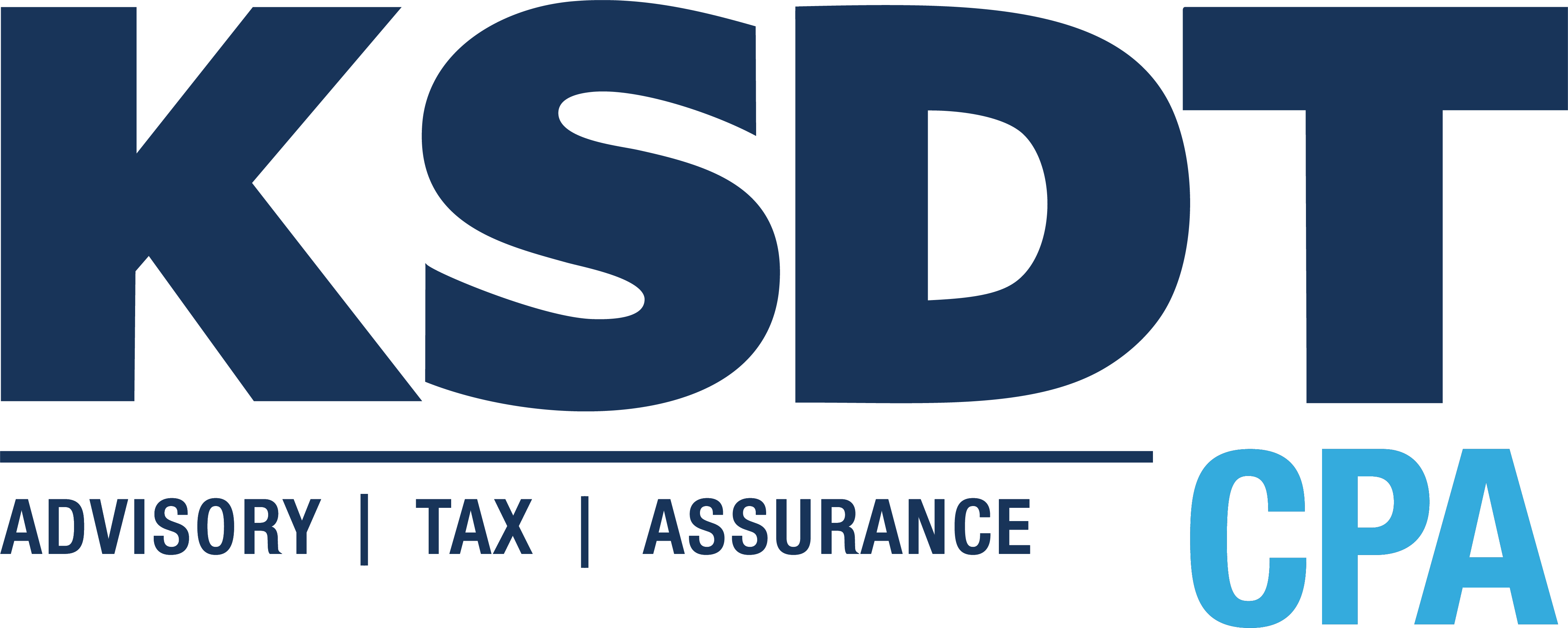It’s always a huge relief to many people who get their taxes done early. That gray cloud of stress that nags at you to get it over with can be gone in a matter of weeks instead of months. April is right around the corner, and here are a few tips to cross that task off your to-do list way before spring. Read more
 Catch Up on Your Books
Catch Up on Your Books
If your books are behind, the first step is to get everything recorded so that your tax return will be accurate. With automated bank feeds and data entry automation, this is easier than it’s ever been before. Cash transactions or receipts lying around that your accountant doesn’t know about, should call for a red flag. Be certain to get those pulled together so nothing is left out.
Make Year-end Changes
Some companies may need additional year-end adjustments, and now is the time to make them. These include items such as loan balances if the interest adjustment has not been booked every month, depreciation and amortization. Also included are accounts receivable write-offs, accrual vs. cash basis adjustments, and possibly clean-up work. Have your accountant help you with these items.
Double-check Vendor Documents
If you hire contractors and sent them 1099s, make sure you have the proper onboarding documents for these individuals which includes a W-9. You may also want to have a workers compensation certificate from them in order to avoid paying it yourself.
Note Deadlines
Get clear on the deadlines for your corporate, franchise tax, individual and any other tax returns that are required. Even though you might hire someone to complete and file your return, you’ll want to make sure the deadline has been met.
Stay Organized
As you receive your 2016 tax documents, keep them all together in a special place. Download them or scan them in and keep them all in one folder. If your tax accountant has a client portal, upload them as soon as you get them.
Your tax accountant appreciates getting your information as early as possible. The sooner you get the documents to them, the sooner the whole process can be complete. Even if you owe money and want to file at the last minute, you can still be complete with the process except for the filing which can be deferred.
Try these tips to reduce tax stress this winter and spring. And, as always, if we can help you with any of this, please reach out.




